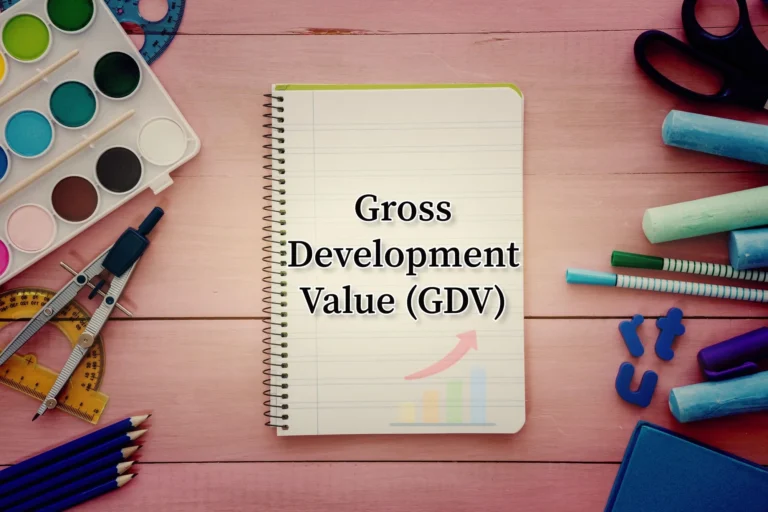Capital Gains Tax Holdover Relief, also known as Gift Holdover Relief, allows you to avoid paying tax on the increased value of eligible assets when you either gift them or sell them at a reduced rate to another party.
Instead of you, the new owner is responsible for paying Capital Gains Tax (CGT) based on either the lower value they received or the asset’s original cost when it was disposed of.
Capital Gains Tax Holdover Relief, or Gift Holdover Relief, is commonly claimed when transferring an entire business or some of its assets to another party, either to assist the recipient or for other reasons.
CGT is not applicable to gifts made to your spouse or charitable organisations, as such transactions are automatically exempt from CGT.
Scenarios where Holdover Relief can be claimed
Holdover Relief can be claimed for various scenarios, including:
- Gifts of business assets.
- Gifts of unlisted shares, such as those in trading companies.
- Gifts of agricultural land.
- Gifts that qualify as chargeable transfers for Inheritance Tax purposes.
- Certain specific gifts are exempted from Inheritance Tax.
Deferral of Capital Gains Tax
This form of tax relief essentially represents a deferral of Capital Gains Tax and is a valuable financial tool for business owners. By deferring taxes in one year, you can save money that does not need to be paid immediately. When utilised correctly, Capital Gains Tax Holdover Relief can lead to significant tax deferrals that you may not have anticipated.
For instance, in specific situations, no Capital Gains Tax is owed if you can claim CGT Holdover Relief on assets received from a trust, and the recipient subsequently sells them, declaring the sale within their own tax-free exemption from their personal CGT allowance.
This is particularly advantageous because trusts do not possess a tax-free allowance. If this process is repeated over several years with multiple recipients, it can result in substantial long-term CGT savings.
Eligibility Conditions
This relief also applies to shares, depending on the type of business and the ownership percentages, as explained below. You have the option to give away assets for free or sell them at a reduced price below their actual market value.
Eligibility for making a claim depends on the type of gift or reduced-price sale, whether it involves tangible business assets or shares.
In the case of physical assets:
- You must be the sole trader or business partner or have voting power amounting to at least five percent of the company.
- The assets must be used and owned by your personal company or business.
A business asset can encompass anything related to the company’s products or assets, including owned buildings, machinery, fixtures, fittings, or any other tangible property linked to the business.
Regarding shares:
- They must not be listed on certain stock exchanges, and
- The shares must be in your personal company.
- The company’s primary activity must involve trading in services or goods. It cannot be a company primarily used for investment purposes.
Example- Capital Gains Tax Holdover Relief
To illustrate the calculation of Capital Gains Tax Holdover Relief (CGTHR), consider an example:
Suppose you possess a qualifying business asset valued at £1,000,000, which you initially acquired for £250,000. If you sell this asset to your son for just £400,000 without CGT Holdover Relief, your tax liability would typically be based on the entire market value of £1,000,000.
However, with CGTHR, you do not pay tax on the £600,000 excess market value that has been “held over.” Instead, your son would be responsible for paying tax on that amount when he eventually sells the asset.
You will be paying the capital gains tax on £150,000 when you work out your capital gain.
Assets where Capital Gains Tax Holdover Relief can’t be claimed

This relief can be claimed for various assets, including business assets, unlisted shares, agricultural land, and some transfers that would typically incur inheritance tax. It is important to note that you cannot claim this relief for gifts made to charities, and it does not apply to works of art.
Capital Gains Tax Holdover Relief must be claimed in Return
Unlike some other forms of tax relief, Holdover Relief is not automatically applied to a sale. Therefore, you must make a claim. It’s crucial to understand the correct process for making a claim, as there are potential pitfalls that you may not be aware of.
Restriction on Capital Gains Tax Holdover Relief
Additionally, relief may be restricted if the gift was initially overvalued when purchased, meaning it cost more than the asset’s original purchase price. There are also specific circumstances that can prevent relief from being granted.
For instance, if a building serves dual purposes, such as containing both an office and a residential area, or if part of a building is used for dwelling purposes (e.g., a flat accessed through a shop entrance) and is still considered part of the same building.
Impact of Residency
Lastly, the recipient’s residency status, whether they are a UK resident or non-resident, can impact the application of CGT Holdover Relief. If you are a non-UK resident during the asset disposal, no UK CGT may be due initially.
However, if you become a UK tax resident within five years after the tax year of the disposal, HMRC may seek to collect UK CGT on the asset once again.
We are dedicated to solve your queries.
Contact us for assistance at any stage of your journey.









